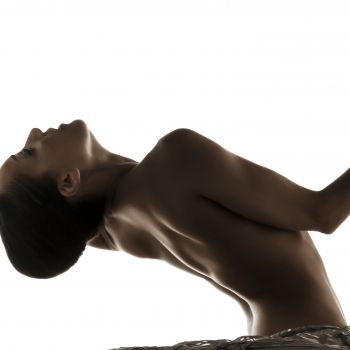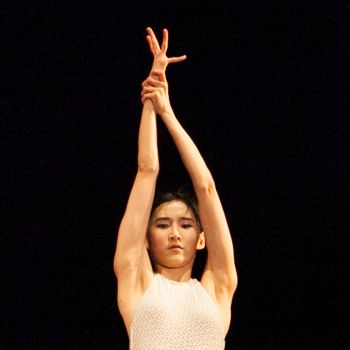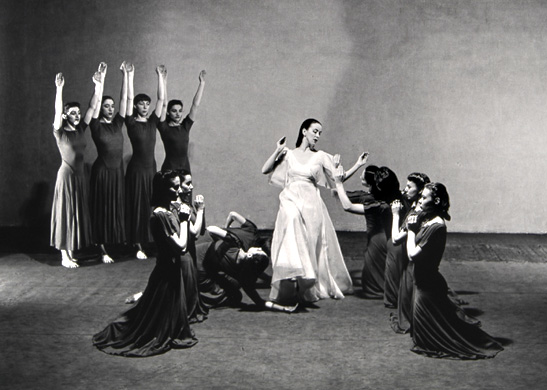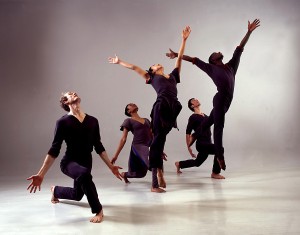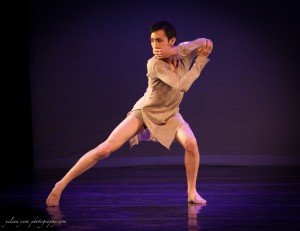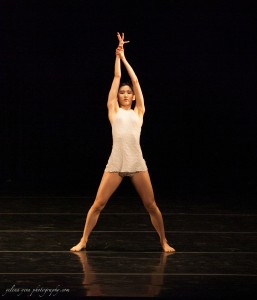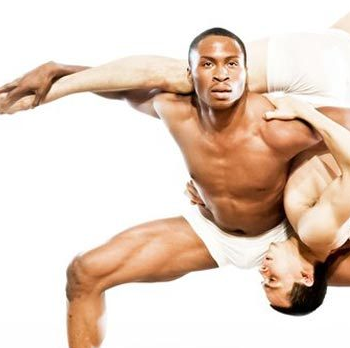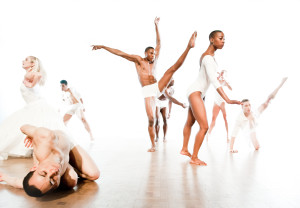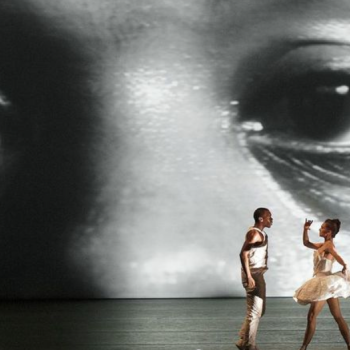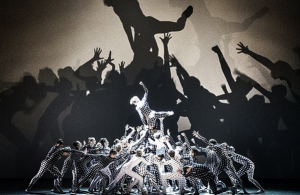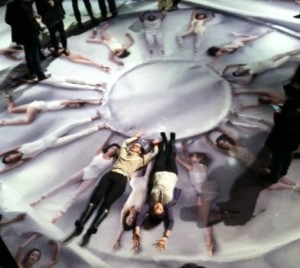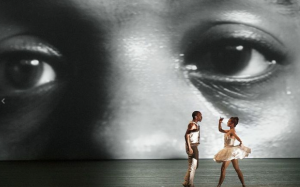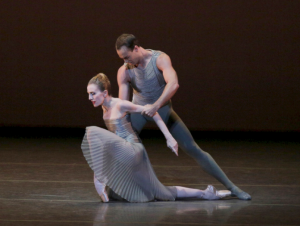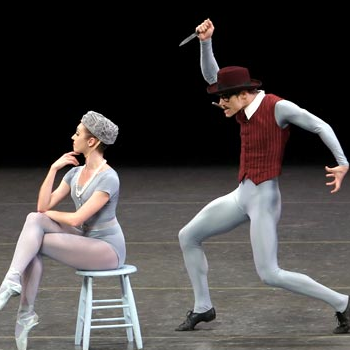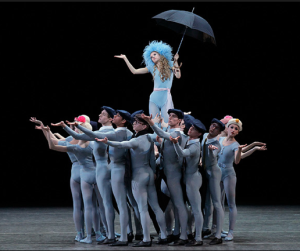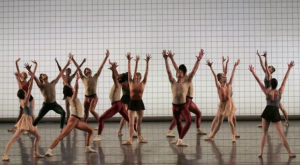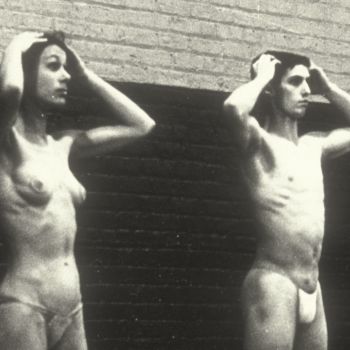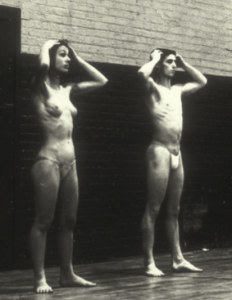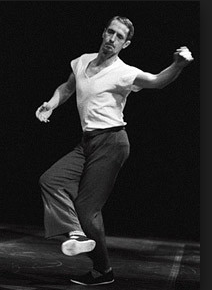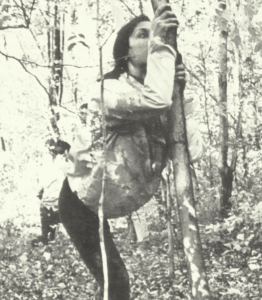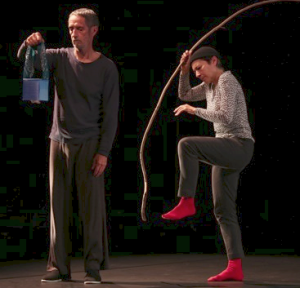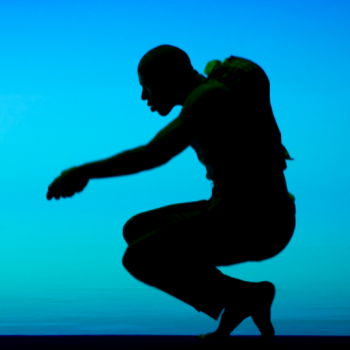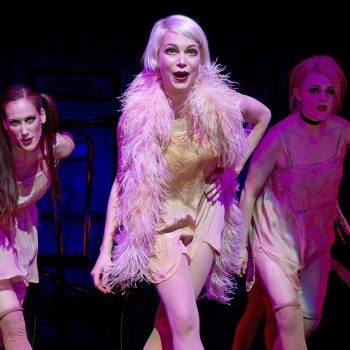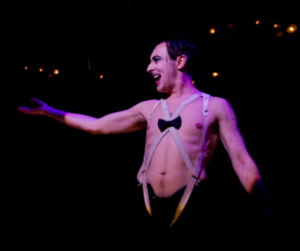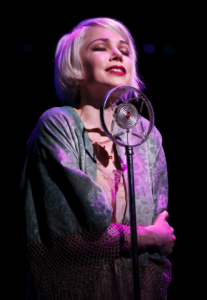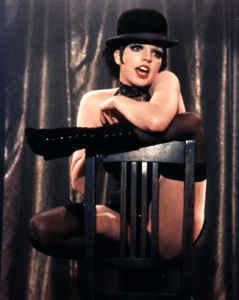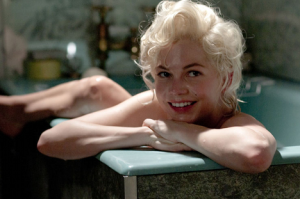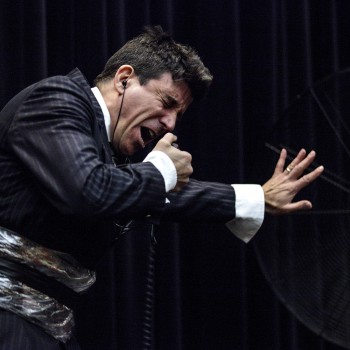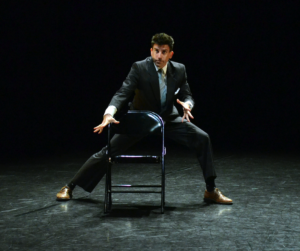Sensual and sensational, the dancers of Alonzo King’s LINES Contemporary Ballet stretch and ooze through his inventive choreography. King brings out different aspects of contemporary ballet with every music choice he makes. In this concert, we’ll hear music by jazz composer Pharoah Sanders, Japanese-American Miya Masaoka and, for the new work, new music composers John Oswald, Michael Jon Fink, and Peter Garland.

Meredith Webster and David Harvey. Homepage photo of Caroline Rocher, photos by RJ Muna
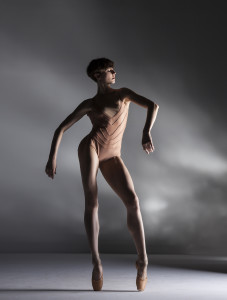
Meredith Webster
Two of LINES’ most stunning dancers are stepping down after this season: Caroline Rocher, who was a 2001 “25 to Watch” in Dance Magazine; and Meredith Webster, who will serve as ballet master. With no shortage of star power, the LINES gala on May 21 is chaired by Linda Ronstadt. Anyone who’s met Alonzo King knows he’s a good talker, winding his way from frappés to philosophy. This season gives a chance to hear him expound on May 22. And on May 23 King will sign copies of LINES’ coffee table photo book, which reflects the striking sense of design that King, along with costume designer Robert Rosenwasser, has made a part of his aesthetic since the beginning. May 21–25, Yerba Buena Center for the Arts, San Francisco, CA. Click here for tickets or here.
Around the Country Uncategorized what to see 1
